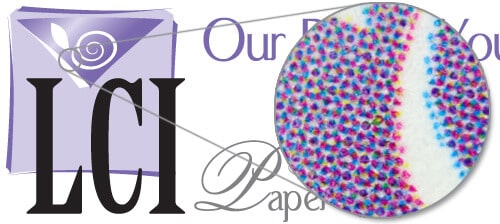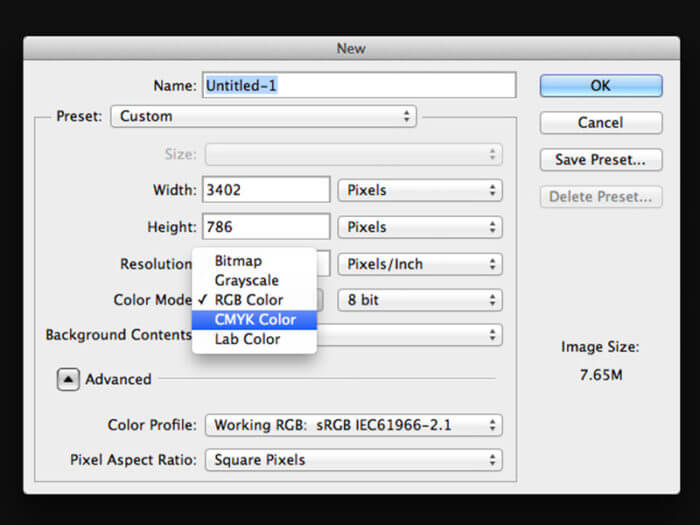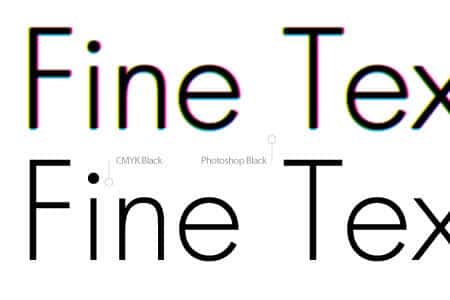What is CMYK Color?
Introduction to CMYK Color
The CMYK color model, also known as process color, was first popularized at the turn of the 20th century. After extensive experimentation in the 1800’s, it was found that cyan, magenta, and yellow inks provided the largest possible set of unique colors in printed media. Black ink, (the k stands forkey) was added to the mix because it could not be accurately reproduced using the other three inks.
How does CMYK Color Work?
The CMYK color model is based off of the fact that surfaces appear to be certain colors because of the wavelengths of light they absorb and reflect. For example, things that appear to be red will only reflect red light. Objects that appear to be white will reflect all wavelengths of light, and objects that appear black absorb all wavelengths (which is why you should avoid wearing black in the summer to stay cool).

As a subtractive color system, CMYK color takes advantage of this phenomenon by depositing inks on a surface in order to selectively absorb certain colors of light. The light that isn’t absorbed by the inks is reflected into an observer’s eye, which results in them seeing the intended color.
Halftones
As shown in this example from LCI Paper, different colors of inks are printed onto a surface in dots and then layered in order to produce the desired color. This is called ‘half-toning’, and conserves ink while creating the appearance of a solid color provided the dots are small enough.

The size and spacing of dots can be altered to produce the overall visible color. The dots are also printed at angles to each other in order to avoid creating unintentional patterns which could be visible to the user (called Moiré patterns).
How Do You Use CMYK Color?
Unlike RGB color, which is used in screens and digital display technology, CMYK color was created for printed materials. Where RGB color has three channels for red, green, and blue, CMYK color has four channels for cyan, magenta, yellow, and key (black). Each of these channels is measured from 0% to 100%, and will tell the printer the relative density of each ink that is required.
CMYK vs. RGB in Photoshop
Some programs (like Adobe Photoshop) will automatically display in RGB color spaces, and so it may be necessary to change the color profile of the image if you are intending on using it in print.

It is also important to be aware that the RGB color space contains more colors than the CMYK color space. This means that some special care will need to be taken when converting files from RGB to CMYK, as some of the colors can appear dulled.
K=100 Black vs. “True” Black
Although it might seem counter-intuitive, using 100% black ink in process color (CMYK: 0 . 0 . 0 . 100) is not the darkest black possible in the color space. So-called “Rich Black” or “Photoshop Black” (CMYK: 75 . 68 . 67 . 90) is a much deeper black because it absorbs more light.
The reason that “Photoshop Black” isn’t often used in print is that the sheer amount of ink can rip lower quality paper like newsprint. In addition, for details like text, using too much ink can create a muddy appearance, which will affect readability.
For large areas that will be colored black, small amounts of other inks can be added to K = 100% to create a rich black without oversaturating the paper with ink. Some examples include:
Cool Black: 60 . 0 . 0 . 100
Warm Black: 0 . 60 . 30 . 100
Designer Black: 70 . 50 . 30 . 100
Rich Black: 75 . 68 . 67 . 90
